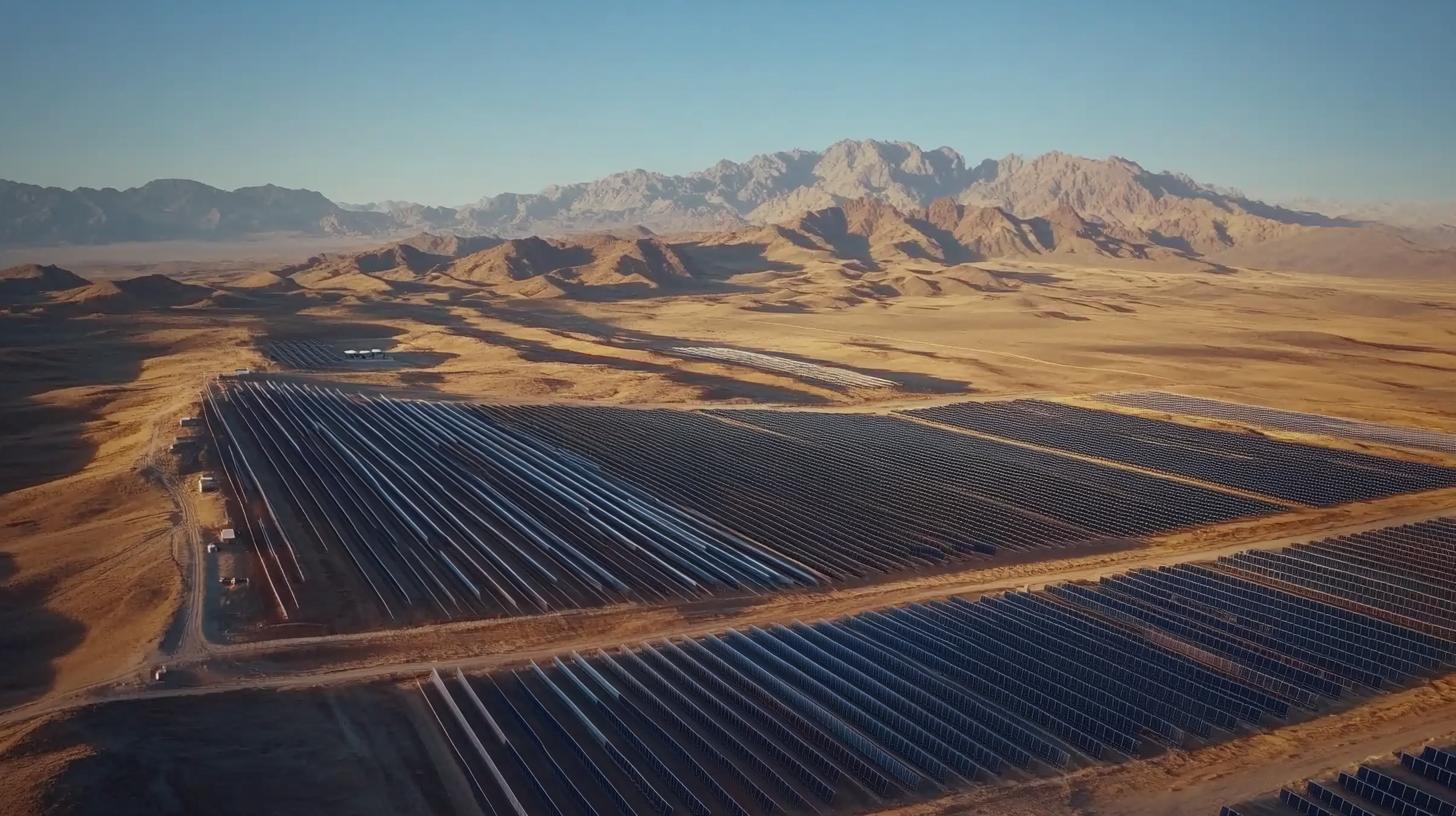Sinopec has embarked on an ambitious journey with the inauguration of a significant green hydrogen project located in Kuqa, Xinjiang Uygur Autonomous Region. As one of the world’s largest solar-powered hydrogen facilities, this project marks a substantial step forward in using renewable energy to produce environmentally-friendly hydrogen.
Integrating Solar Power and Hydrogen Production
This groundbreaking initiative combines solar energy with advanced hydrogen production, storage, and transportation systems. Sinopec aims to produce 20,000 tonnes of green hydrogen annually, thereby drastically cutting carbon emissions by harnessing solar power for electrolysis. The hydrogen will be supplied to the Tahe Refining & Chemical Plant, emphasizing a reduced reliance on fossil fuels and a decrease in carbon emissions by 485,000 tonnes each year.
Technical Hurdles and Operational Challenges
Despite its ambitious goals, the project faces significant operational challenges. The current efficiency of the alkaline electrolysers at the 260 MW plant is around 20% due to technical issues. These complications hinder safe hydrogen production when output falls below 50% capacity. Additionally, reliance on both solar and acquired wind energy has not met the anticipated annual production target of 20,000 tonnes.
Responses and Future Prospects
Sinopec has acknowledged the challenges, stating that the project has been operational for over 4,200 hours, producing over 22 million cubic meters of hydrogen. However, this equates to just 20% of the planned production. Resolution of these issues is expected by the end of 2025, hinting at a delay in achieving full capacity. Government support for hydrogen energy aligns with this strategic venture, potentially leading to significant advancements in technology and infrastructure that contribute to China’s carbon reduction goals.
The Impact of Green Hydrogen Projects on Global Communities and Economies
Green hydrogen, produced by using renewable energy sources to split water into hydrogen and oxygen, is seen as a pivotal element in the global transition toward sustainable energy. As exemplified by Sinopec’s ambitious project in Kuqa, China, these initiatives have far-reaching effects on individuals, communities, and nations worldwide.
The Ripple Effect on Local Communities
The development of large-scale green hydrogen facilities can bring transformative changes to local communities. In regions like Xinjiang, where Sinopec’s project is located, such endeavors can lead to job creation and infrastructure development, offering new economic opportunities and enhancing living standards. Communities previously reliant on traditional industries may find a renewed sense of vitality through green energy projects, often with direct economic benefits such as increased local spending and improved services.
However, these projects can also spark controversies. Some community members may resist change due to the disruption during construction and concerns about environmental impacts, including water usage and land conversion. Community engagement is critical to addressing these concerns and ensuring that the benefits are widely shared.
Economic Implications for Countries
Nationally, green hydrogen represents a significant economic opportunity. Countries investing in green hydrogen technology can position themselves as leaders in the burgeoning global green market. This energy source can lead to energy security, reduced reliance on fossil fuel imports, and reduced carbon emissions, contributing to national climate goals.
On the flip side, the development and implementation of green hydrogen technologies require substantial investment and can face technological hurdles. Efficiency rates, as seen in Sinopec’s project, are currently a major challenge, with low yields impacting overall viability and economic return. Governments and companies must weigh these risks against potential long-term environmental and economic gains.
Global Environmental and Energy Trends
Globally, green hydrogen is touted as a game changer in reducing carbon emissions and mitigating climate change. Its ability to decarbonize industries like transportation, manufacturing, and power generation stands at the forefront of global energy strategies. As more countries undertake similar projects, technological advancements are likely to increase, driving down costs and improving efficiency.
Controversially, some experts warn about the “greenwashing” potential, where projects are promoted as sustainable while still relying on non-renewable energy sources for certain aspects of production. Transparency and rigorous standards are necessary to ensure true environmental benefits and to build public trust.
Conclusion
The journey toward widespread green hydrogen adoption is fraught with challenges and opportunities. Projects like Sinopec’s not only drive technological innovations but also catalyze socio-economic and environmental changes on a local and global scale. As the world moves toward a more sustainable future, the role of green hydrogen will be crucial in balancing economic growth with environmental sustainability.
For more insights into renewable energy and its global impact, visit Renewable Energy World and International Energy Agency.














